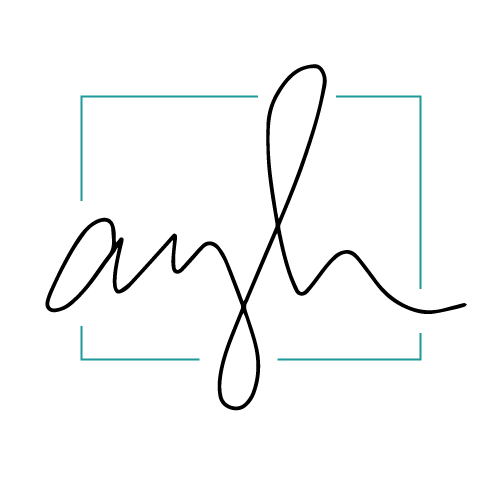Design Thinking Learning Experience
challenge & outcomes
Our Design Education team launched the Design Thinking Academy to spread and enable design thinking across the enterprise. Focusing on the Academy's two-day Design Thinking Essentials experience, we used our human-centered design methods to better understand participants’ motivations and experiences in order to identify opportunities and provide recommendations for improvement.
The Design Education team developed its 2020 strategy based on research completed for this project and overhauled its post-training experience. They also plan to do similar research projects on an ongoing basis to embody the spirit of test-and-learn.
my role
I joined as a project lead when the team had hit a sticking point in their synthesis. I pivoted the direction of the synthesis and additional research. I also led visual concepting, development of guiding principles, creation of tactical recommendations, and report writing.
When I joined, Marcio Oliveira Silva and Peter Nguyen had already conducted some participant research and gathered attendance data. Peter and I completed the synthesis process. Vy Vu led final visual design of the deliverables and report. Blair Corcoran de Castillo, Melissa Zarou, Catherine Shelton, and Andrew Moore made up the Design Education team and provided their support and feedback throughout the project.
research
Our research goal was to uncover participants’ motivations and sentiments, make sense of what we learned, and translate our learnings into recommendations that could improve the overall Design Thinking Essentials experience.
When I joined the project team, they had already collected lots of data from surveys, observation, interviews, and enrollment/attendance numbers. From there, Peter and I facilitated three workshops with the Design Education team and their partners and two validation sessions with Design Thinking Essentials alumni.
synthesis and visualization
Throughout our synthesis process, we combined and recombined our data in lots of different ways to pull insights from the chaos. As we did so, we created endless sketches to experiment with how to communicate our learnings.
Peter and I worked closely with Vy, our visual designer, to create and iterate on four visualizations:
Participant Journey Map: captures how participants feel throughout the learning experience
Service Blueprint: shows what the Design Education team and its partners must do to provide the learning experience
A Sankey diagram, which highlights enrollment, attendance, and notes motivations throughout
An NPS tracker, which shows how the participants' feedback changed over time
We wrote findings based on synthesized data from participant interviews, surveys, and validation sessions. Each finding also included statement starters: questions written to inspire divergent thinking when we consider what strategic improvements to make to DT Essentials. With the findings, we included quick-win recommendations: concrete next steps to consider in future ideation sessions.
We also wrote guiding principles that were informed by our research and understanding of participant needs. We intended them to cut across and connect through the entire design education experience.
impact
After we finalized the research in early 2020, the Design Education team prioritized opportunity areas and ideated on them using the report contents. They used the guiding principles and findings to design a holistic experience that meets both the participants' and Design Education team's goals. To date, they have entirely redesigned the post-training experience, created an alumni group, assembled shareable case studies, and more – based on the research findings from this project.
